Table of Content
A Buddha statue in your home is a representation of peace, harmony, and enlightenment. According to Vastu Shastra, it can not only look good in your home but also attract positive energy and good luck into your life. The only important thing is to understand the correct form of the Buddha statue and the correct placement to obtain its benefits. In this article I am going to discuss the forms of Buddha statues, the placement of a Buddha statue, and important things to avoid when placing them in your home.
Significance of Buddha Statue for Home Vastu
The Buddha idol is an ageless figure of spirituality and peace. When placed in your home according to Vastu principles it will remove negative energy, bring harmony into your home, and maintain your mental health. If you just want to make your home more spiritually informative or if you are looking for good luck, the Buddha idol is a strong Vastu item.
Also Read: North-Facing House Vastu Plan for a Balanced and Happy Home
Types of Buddha Statues and Their Meanings
Each type of Buddha statue has unique symbolism and is associated with specific energies. Here are the most popular ones:
1. Meditation Buddha
 (1).jpg)
- Pose: Buddha is seated in the double-lotus position with eyes partially or fully closed, hands resting on the lap.
- Significance: This statue represents inner peace, concentration, and spiritual awakening. It’s ideal for those looking to enhance their meditation practice or achieve mental calmness.
2. Protection Buddha
.jpg)
- Pose: The right hand is raised with the palm facing outward, while the left hand rests on the lap.
- Significance: This statue symbolizes protection and wards off fear and negative energy. It is also believed to create a protective shield around the home.
3. Reclining Buddha
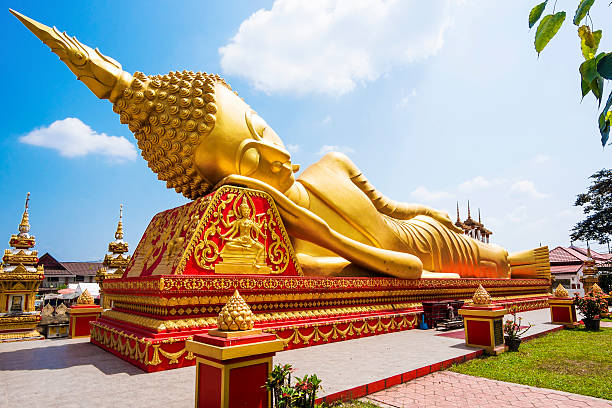
- Pose: Buddha is lying on his right side with a serene smile, head supported by his right hand.
- Significance: This statue symbolizes enlightenment and encouragement. It represents Buddha’s transition to nirvana and radiates calmness and positivity.
4. Medicine Buddha
.jpg)
- Pose: Buddha holds a bowl of medicinal herbs in his left hand and points his right hand toward the earth.
- Significance: This statue promotes healing and good health. It is associated with physical and emotional well-being.
5. Teaching Buddha
.jpg)
- Pose: Both hands are near the chest, forming circles with the index finger and thumb, symbolizing the Wheel of Dharma.
- Significance: The Teaching Buddha represents wisdom and the continuous flow of knowledge. It’s ideal for study rooms or offices.
6. Praying Buddha
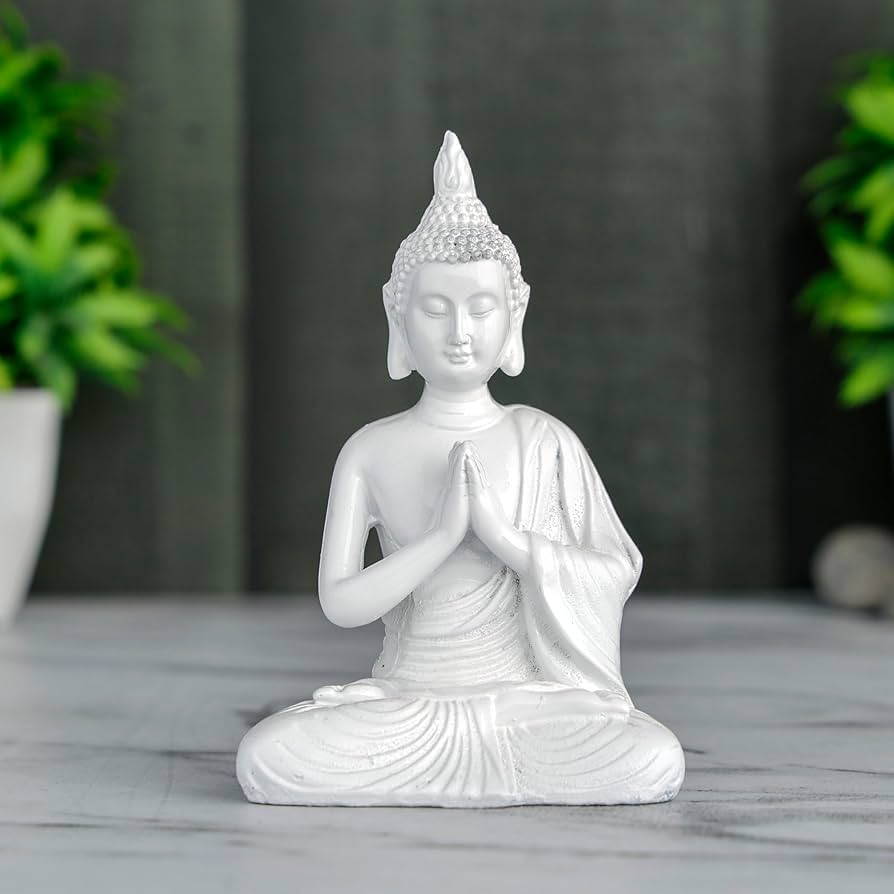
- Pose: Buddha is seated in the lotus position with hands folded in a prayer gesture.
- Significance: This statue symbolizes devotion, gratitude, and faith. It enhances positive vibrations and spiritual growth.
7. Vitarka Mudra Buddha
.jpg)
- Pose: The thumb and index finger form a circle, while the other fingers point upward.
- Significance: This statue exudes energy associated with intellect and academic success, making it perfect for study areas.
8. Karana Mudra Buddha
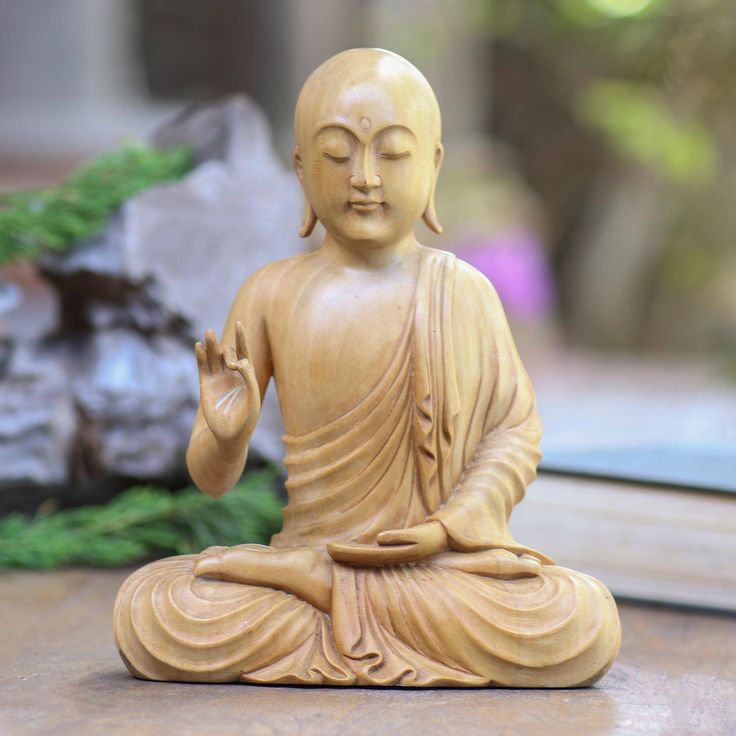
- Pose: The index and little fingers are raised, while the other fingers are folded.
- Significance: This statue wards off negativity and eliminates bad energy. It is especially beneficial in spaces prone to stress or conflict.
9. Bhumisparsha Mudra Buddha
.jpg)
- Pose: The right hand touches the ground, while the left hand rests on the lap.
- Significance: This posture symbolizes enlightenment and stability. It’s best placed in areas where peace and harmony are desired.
10. Baby Buddha
 (1).jpg)
- Pose: Often depicted in playful or meditative poses.
- Significance: Baby Buddha statues bring joy, happiness, and good fortune. They are excellent additions to living rooms or children’s areas.
Ideal Placement of Buddha Statues in the Home
Correct placement of a Buddha statue is essential for maximizing its positive effects. Here are the recommended placements for different statues:
1. Entrance Area
Placing a Buddha statue facing the main entrance ensures that positive energy enters your home while repelling negative vibes. It also serves as a welcoming gesture for visitors.
2. Living Room
The living room is a common area where family and guests gather. A reclining Buddha or praying Buddha statue can enhance harmony and foster smooth relationships among family members.
3. Study Room or Office
Statues like the Teaching Buddha or Vitarka Mudra Buddha are ideal for study rooms or workspaces. They inspire wisdom, focus, and success in academic or professional pursuits.
4. Garden or Northeast Corner
A meditation Buddha placed in your garden or the northeast corner of your home invites tranquillity and prosperity. Ensure this area receives ample natural light and ventilation.
5. East Direction
The Bhumisparsha Buddha statue is best placed in the east direction to attract knowledge and resolve challenging situations.
6. North or Northeast for Health
The Medicine Buddha statue works well in the north or northeast corners of your home. Place it in a well-lit space to promote healing and vitality.
Also Read: South Facing House Vastu Plan: Entrance Placement and Vastu Advantages
Things to Avoid When Placing Buddha Statues
While Buddha statues bring immense benefits, certain placements can negate their positive effects. Here are some key things to avoid:
1. Do Not Place Directly on the Floor Always place the Buddha statue on a raised platform, mat, or pedestal to show respect.
2. Avoid Bathrooms and Closets Bathrooms and closets are considered inauspicious locations for Buddha statues as they do not align with the sacredness of the figure.
3. Keep Away from Shoes and Stairs Do not place the statue near shoe racks or beneath staircases, as these areas are associated with low energy and movement.
4. Avoid Kitchens If your kitchen includes a pooja area, avoid placing Buddha statues there, as it may conflict with the energy flow.
5. Stay Clear of TVs and Electronics Placing the statue near TVs or computers can disrupt its energy vibrations, reducing its positive influence.
Tips for Maintaining Buddha Statues
To preserve the spiritual and aesthetic value of your Buddha statue, consider the following tips:
- Clean the statue regularly to remove dust and maintain its energy.
- Use soft lighting to illuminate the statue for a serene effect.
- Surround it with fresh flowers, candles, or incense to create a sacred ambiance.
Conclusion
A Buddha statue is not merely a decoration, it is a giver of peace, positivity and protection when presented in the proper way in your home. By choosing the correct type of statue and using proper placement according to Vastu, you will be able to create a sacred space of peace and good fortune. Just remember to avoid inauspicious placements and treat the statue like a spiritual object with respect to maximize your peace and good fortune!
Follow AquireAcers Whatsapp Channel to Stay Updated With The Latest Real Estate News

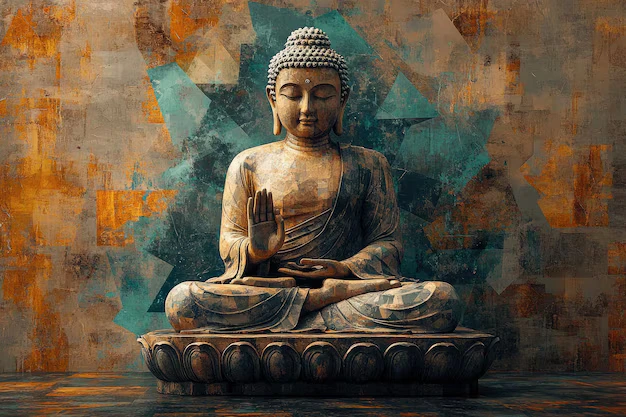
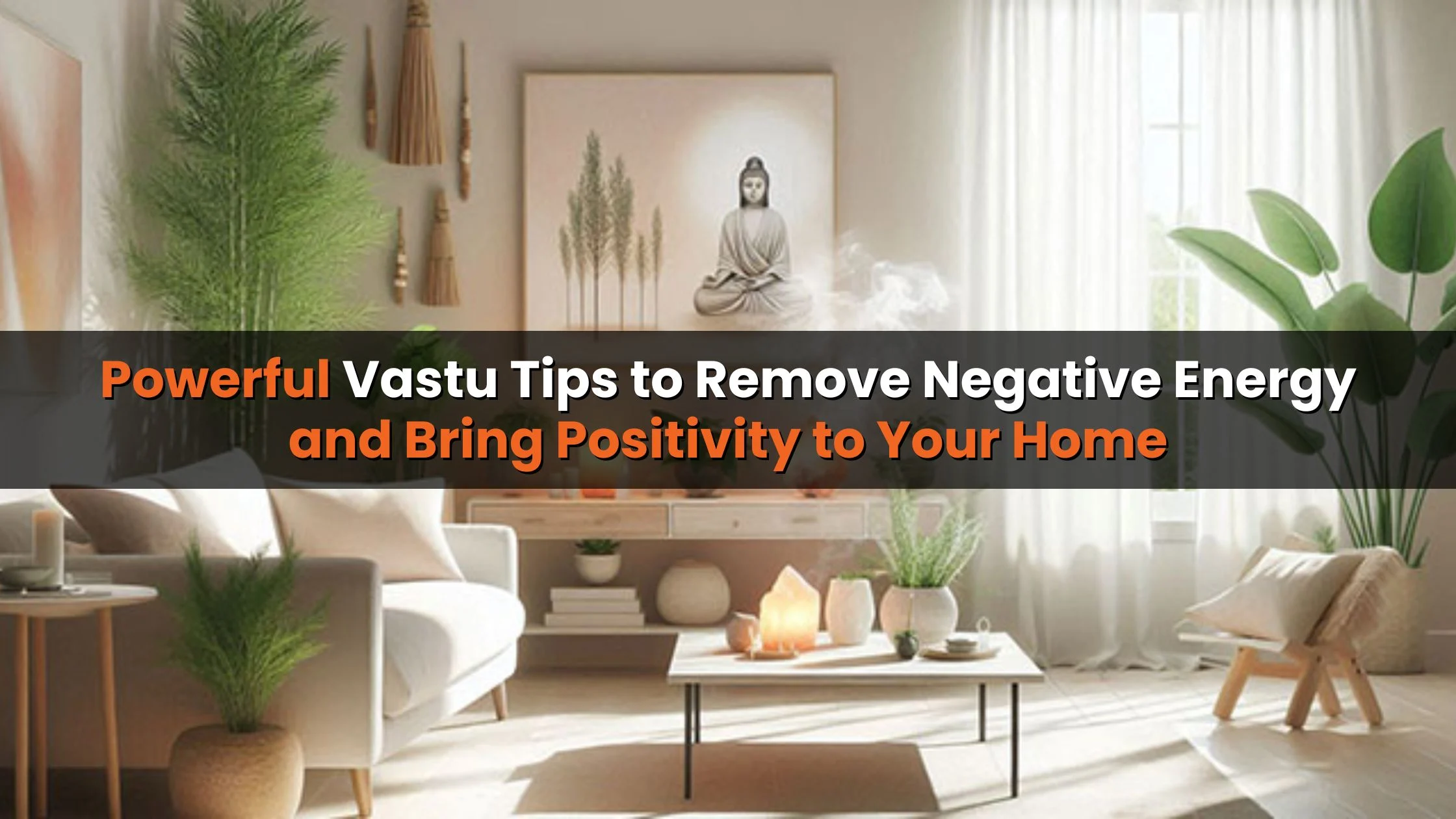




_1767164061.webp)


Ans 1. The Meditation Buddha, seated in the lotus position with hands resting on the lap, is ideal for fostering inner peace and enhancing meditation practices.
Ans 2. Yes, placing a Buddha statue facing the main entrance is highly auspicious, as it attracts positive energy and repels negativity.
Ans 3. Avoid placing Buddha statues in the bedroom, as it is considered disrespectful and may disturb the statue's energy.
Ans 4. The Medicine Buddha statue is best placed in the north or northeast corner of your home, preferably in a well-lit area.
Ans 5. Yes, a Meditation Buddha statue placed in a garden or the northeast corner invites tranquility and prosperity. Ensure the area is clean and well-lit.
Ans 6. Statues made from materials like stone, bronze, or wood are popular. Gold-colored or natural stone finishes are believed to amplify positive energy.
Ans 7. Do not place the statue directly on the floor, near bathrooms, shoe racks, or beneath staircases. These areas are considered inauspicious.
Ans 8. Regularly clean the statue, illuminate it with soft lighting, and surround it with fresh flowers, incense, or candles to maintain its spiritual and aesthetic value.